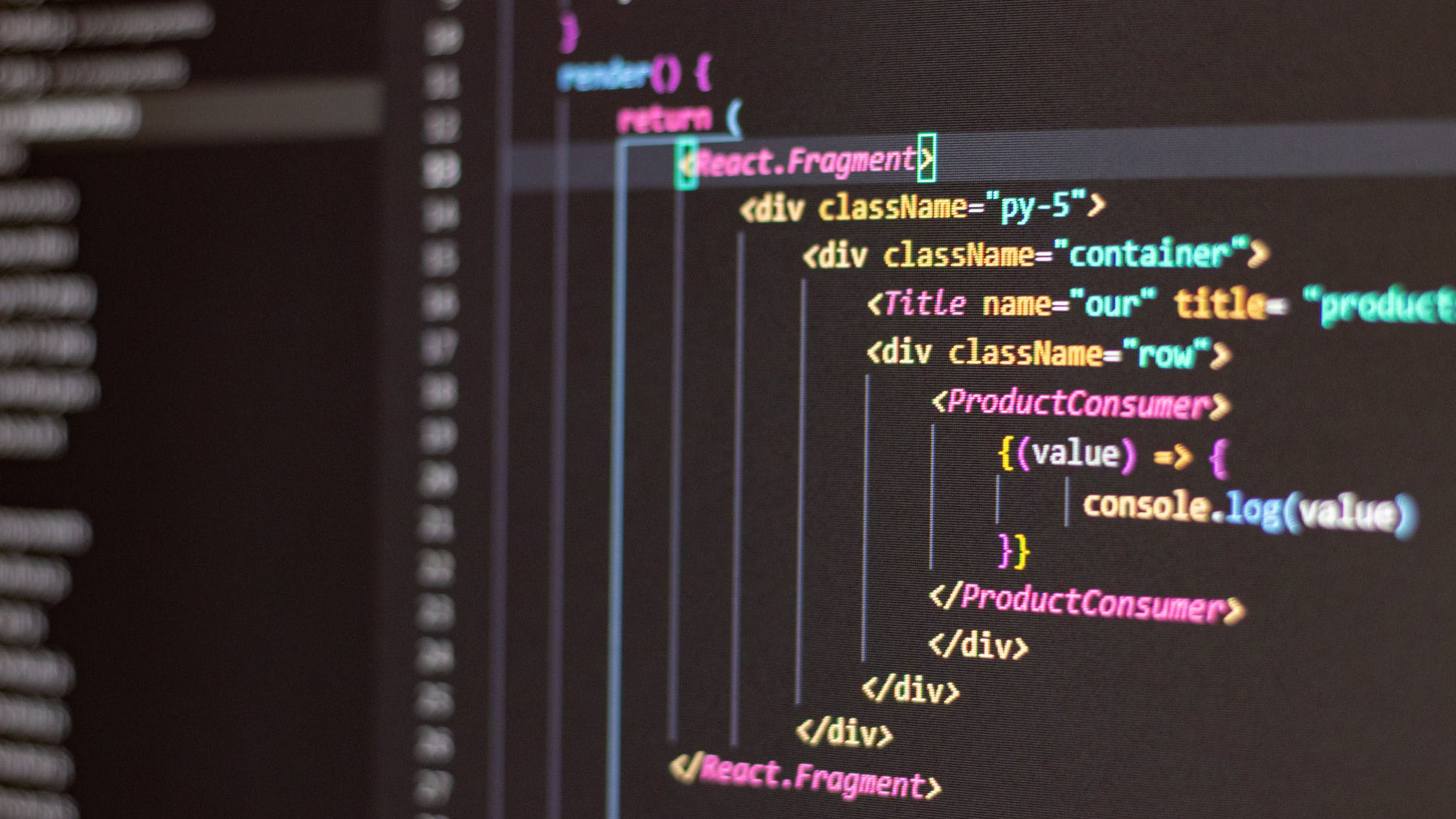In early 2022, Enlyte conducted a survey of workers’ compensation professionals to understand how the industry’s use of technology changed over the past year. The results demonstrated that COVID-19 is still a major driver of technology adoption in the industry today. Most payers are focused on applying technology to solve, or at least ease, COVID-related pain points, from managing unpredictable claim patterns to dealing with staff changes due to "the Great Resignation."
Looking ahead five to 10 years, the survey indicated payers will place greater emphasis on technology to create a better claims experience for injured employees, such as by improving communication and focusing on the return-to-work process.
Additionally, the survey found that there is still a significant opportunity for payers to increase straight-through processing of medical bills, because only a few respondents said they process more than half of their medical bills automatically.
Survey Results
Here were some of the most interesting results from Enlyte’s 2022 workers’ compensation technology survey:
1. Today, payers are focused on using technology to improve efficiency and help solve COVID-19 challenges.
- In 2021, the industry invested most in initiatives to implement telemedicine, electronic payments and billing.
- Of all respondents, 27% said COVID-19 claims challenges, specifically claim volumes and types of claims, are the biggest drivers of technology adoption in the workers' compensation industry today, followed by a need to increase efficiency.
- Those who said their organizations implemented new technologies in 2021 indicated that artificial intelligence and improved user experience and integrations made the biggest impact on their businesses.
One of the biggest trend changes revealed in Enlyte’s 2022 survey was the growing number of respondents who said their companies invested in electronic payments last year. Electronic payments and billing moved from fourth place in the 2021 survey to second in 2022. This demonstrates how payers have been working to implement technologies to support virtual workforces and modernize their processes. Additionally, electronic payments and billings can provide cost savings. Paying medical bills via paper check can cost between $4 and $30 per transaction — an electronic payments program can reduce that cost by up to 90%.
2. In the next five to 10 years, the industry will focus on using technology to improve injured employees' experiences.
- Of all respondents, 22% said mobile apps and other communication technologies are expected to have the most influence on the industry in the next five to 10 years.
- Additionally, 28% of respondents believe communicating with injured employees is the step in the claim lifecycle that could benefit most from applying new or additional technology.
While implementing new technologies in this area can provide significant benefits to all stakeholders in the claims process, it is important that the industry strikes the right balance by focusing on technologies with a low entry barrier, so injured employees will actually use them. For example, while mobile apps may be convenient, finding investment dollars and resources to build them and convincing people to download them can be challenging. Instead, it may be more effective and efficient for all parties involved if a payer focused on improving communication with technologies people already use in their everyday lives, like text messaging or email.
3. The workers’ compensation industry has an opportunity to increase automation.
- Only 21% of respondents said their organization is automating more than 50% of their bills using straight-through automation.
- 32% responded that their organization is only automating 0-5% of workers’ compensation claims.
- About half (48%) of respondents said their company uses a homegrown claims system, which can allow payers to create extensive customization but may cause them to miss out on opportunities to increase automation.
It is easy for payers to increase straight-through automation using business rules engines and other technologies they already have in place. For instance, a high-powered bill review rules engine can facilitate up to 90% straight-through processing rates. The survey revealed a clear opportunity for many payers to take a closer look at automating many of their medical bills for more consistent and efficient outcomes.
Understanding the Future of Technology in Workers’ Compensation
The survey results show an industry interested in applying technologies to not only react to major trends and changes but also to improve the experience for its main constituents – injured employees. In the near term, we expect workers’ compensation will continue to focus heavily on improving efficiencies, getting a new generation of employees up to speed fast and creating overall better processes internally. Once organizations have laid a solid internal foundation, then we will see focus shift to the return-to-work process, improving injured employee communication and more. Overall, all of these technology changes should lead to improved claims processes and overall better outcomes for all parties.
Enlyte surveyed 115 workers’ compensation professionals in January and February 2022. Most survey respondents have a role at their company at the manager level or higher and work for an insurance carrier, third party administrator or employer. About 40% said they have been working in the workers’ compensation industry for more than 15 years, and about half work for a company with 1,000 employees or fewer.



































